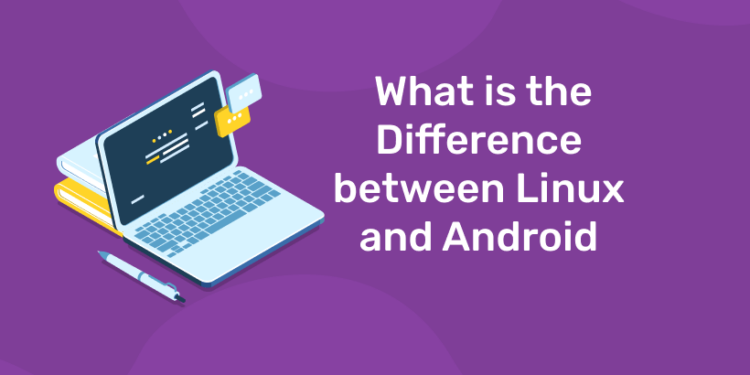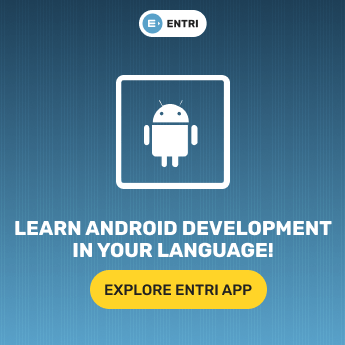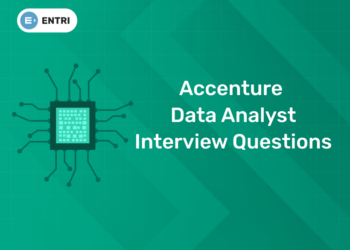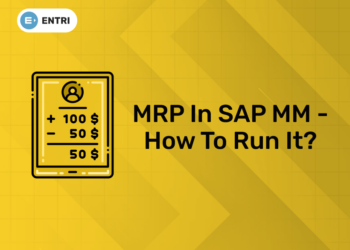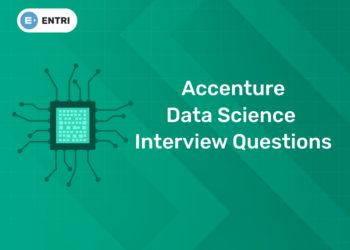Table of Contents
Linux is a group of open-source Unix-like operating systems which was developed by Linus Torvalds. It is a package of Linux distribution. Some of the most used Linux distributions are Debian, Fedora, and Ubuntu. It was basically written in C language and assembly language. The kernel used in Linux is a Monolithic kernel. The target systems of Linux distributions are cloud computing, embedded systems, mobile devices, personal computers, servers, mainframe computers, and supercomputers. The first version of Linux was launched in 1991. The most recent version of Linux for personal computers is 5.6 (kernel). Android is a mobile operating system that is provided by Google. It is based on the modified version of the Linux kernel and other open-source software. It is specifically designed for touchscreen mobile devices like smartphones and tablets. It was developed using C, Java, C++, and other languages. The first version of Android was launched by Google in 2008. The latest stable version of Android is Android 10. It is provided totally free of cost. It is the most used operating system overall.
From smartphones to cars, supercomputers and home appliances, home desktops to enterprise servers, the Linux operating system is everywhere.
Linux has been around since the mid-1990s and has reached a user-base that spans the globe. Linux is actually everywhere: It’s in your phones, your thermostats, in your cars, refrigerators, and televisions. It also runs most of the Internet, all of the world’s top 500 supercomputers, and the world’s stock exchanges.
But besides being the platform of choice to run desktops, servers, and embedded systems across the globe, Linux is one of the most reliable, secure and worry-free operating systems available.
Here is all the information you need to get up to speed on the Linux platform.
Entri gives you the best Coding experience
What is Linux?
Just like Windows, iOS, and Mac OS, Linux is an operating system. In fact, one of the most popular platforms on the planet, Android, is powered by the Linux operating system. An operating system is software that manages all of the hardware resources associated with your desktop or laptop. To put it simply, the operating system manages the communication between your software and your hardware. Without the operating system (OS), the software wouldn’t function.
The Linux operating system comprises several different pieces:
- Bootloader – The software that manages the boot process of your computer. For most users, this will simply be a splash screen that pops up and eventually goes away to boot into the operating system.
- Kernel – This is the one piece of the whole that is actually called ‘Linux’. The kernel is the core of the system and manages the CPU, memory, and peripheral devices. The kernel is the lowest level of the OS.
- Init system – This is a sub-system that bootstraps the user space and is charged with controlling daemons. One of the most widely used init systems is systemd, which also happens to be one of the most controversial. It is the init system that manages the boot process, once the initial booting is handed over from the bootloader (i.e., GRUB or GRand Unified Bootloader).
- Daemons – These are background services (printing, sound, scheduling, etc.) that either start up during boot or after you log into the desktop.
- Graphical server – This is the sub-system that displays the graphics on your monitor. It is commonly referred to as the X server or just X.
- Desktop environment – This is the piece that the users actually interact with. There are many desktop environments to choose from (GNOME, Cinnamon, Mate, Pantheon, Enlightenment, KDE, Xfce, etc.). Each desktop environment includes built-in applications (such as file managers, configuration tools, web browsers, and games).
- Applications – Desktop environments do not offer the full array of apps. Just like Windows and macOS, Linux offers thousands upon thousands of high-quality software titles that can be easily found and installed. Most modern Linux distributions include App Store-like tools that centralize and simplify application installation. For example, Ubuntu Linux has the Ubuntu Software Center (a rebrand of GNOME Software) which allows you to quickly search among the thousands of apps and install them from one centralized location.
grab the opportunity to learn android development with Entri
Why use Linux?
This is the one question that most people ask. Why bother learning a completely different computing environment, when the operating system that ships with most desktops, laptops, and servers works just fine?
To answer that question, I would pose another question. Does that operating system you are currently using really work “just fine”? Or, do you find yourself battling obstacles like viruses, malware, slow down, crashes, costly repairs, and licensing fees?
If you struggle with the above, Linux might be the perfect platform for you. Linux has evolved into one of the most reliable computer ecosystems on the planet. Combine that reliability with zero cost of entry and you have the perfect solution for a desktop platform.
That’s right, zero cost of entry… as in free. You can install Linux on as many computers as you like without paying a cent for software or server licensing.
grab the opportunity to learn android development with Entri
Let’s take a look at the cost of a Linux server in comparison to Windows Server 2016. The price of the Windows Server 2016 Standard edition is $882.00 USD (purchased directly from Microsoft). That doesn’t include Client Access License (CALs) and licenses for other software you may need to run (such as a database, a web server, mail server, etc.). For example, a single user CAL, for Windows Server 2016, costs $38.00. If you need to add 10 users, for example, that’s $388.00 more dollars for server software licensing. With the Linux server, it’s all free and easy to install. In fact, installing a full-blown web server (that includes a database server), is just a few clicks or commands away.
If zero cost isn’t enough to win you over–what about having an operating system that will work, trouble free, for as long as you use it? I have used Linux for nearly 20 years (as both a desktop and server platform) and have not had any issues with ransomware, malware, or viruses. Linux is generally far less vulnerable to such attacks. As for server reboots, they are only necessary if the kernel is updated. It is not out of the ordinary for a Linux server to go years without being rebooted. If you follow the regular recommended updates, stability and dependability are practically assured.
Entri gives you the best Coding experience
What is Android?
Android is the best-selling Operating System among various mobile platforms across the globe. Hundreds of millions of mobile devices are powered by Android in more than 190 countries of the world. It conquered around 75% of the global market share by the end of 2020, and this trend is growing bigger every other day.
grab the opportunity to learn android development with Entri
Prerequisites: Basics of XML and Java or Kotlin programming language.
Difference between Linux and Android
The difference between Linux and Android are as follows:
| LINUX | ANDROID |
|---|---|
| It was developed by Linus Torvalds. | It was developed by Google LLC. |
| It was launched in 1991. | It was launched in 2008. |
| It is designed for PC of all companies. | It is specifically designed for mobile devices. |
| Kernel used in Linux is Monolithic. | Its Kernel type is Linux-based. |
| It has the preferred license of GNU GPLv2 (kernel). | It has the preferred license of Apache 2.0 and GNU GPLv2. |
| It is written mainly using C and assembly language. | It is written using C, C++, Java and other languages. |
| It is used in personal computers with complex tasks. | It is the most used operating system overall. |
| Its target system types are embedded systems, mobile devices, personal computers, servers, mainframe computers and supercomputers. | Its target system types are smartphones and tablet computers. |
| It is mostly used for hacking purpose-based, tasks. | It is used in mobile devices for all simple tasks. |
| Linux holds a smaller footprint compared to android. | Android holds a large footprint comparative Linux. |
| It is a derived version of Unix. | It is executed on virtual machines. |
| Linux distros use GNU C. | Android uses its own C library, Bionic. |
| Linux supports multiple architectures. | Android only supports only two major architectures: x86 and ARM. |



